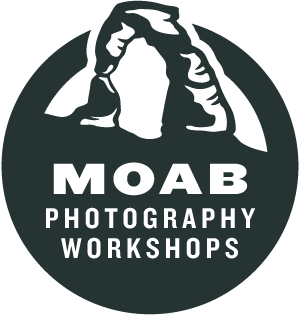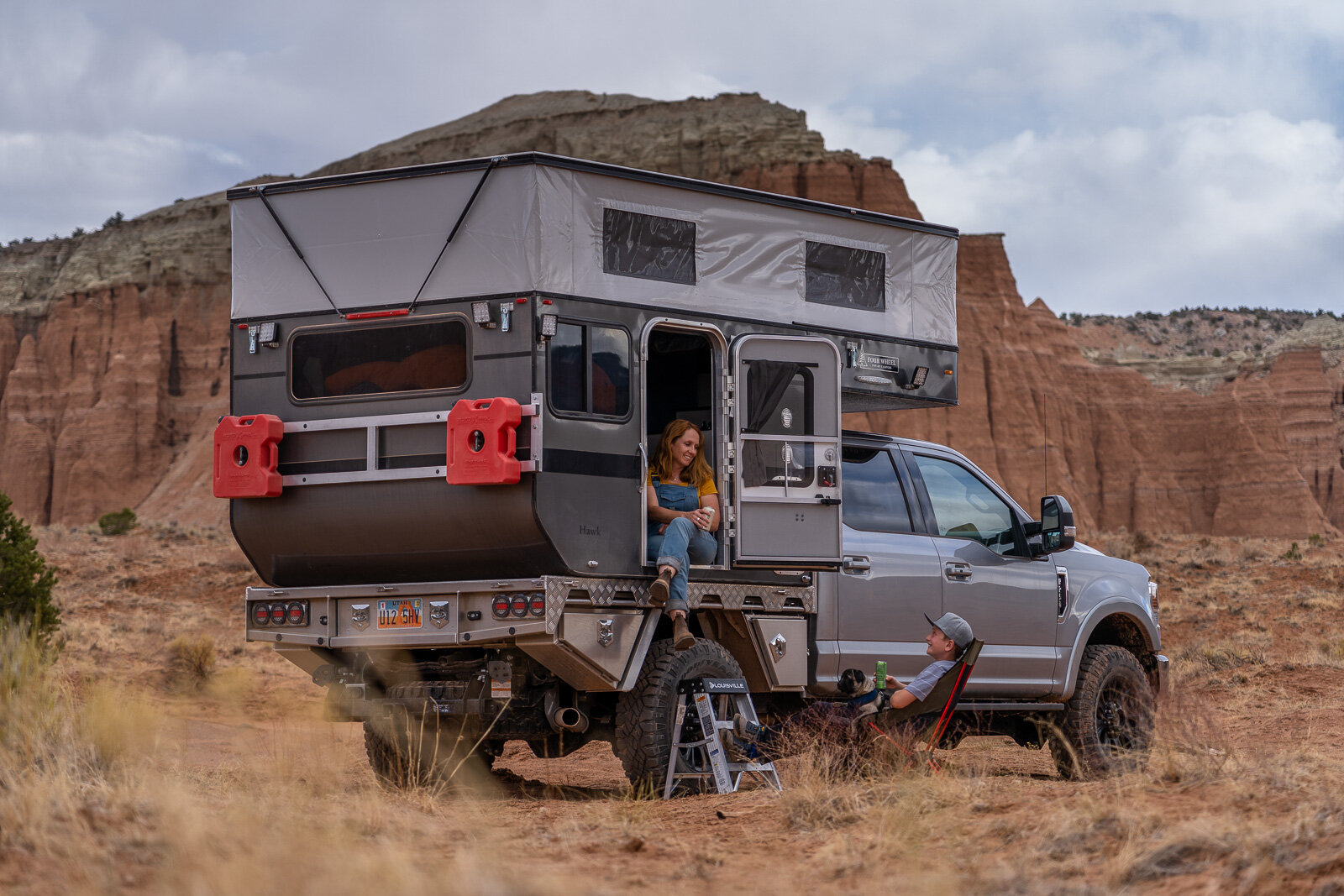What’s the best piece of photography advice you’ve ever received? Whatever it is, I’m about to one up it. Seriously. It’s nothing sexy. It’s nothing profound. But it is guaranteed (or your money back) to save your bacon at some point in your photography career - most likely more than once.
Here goes…
Develop your own default camera settings that you always - ALWAYS - return to each and every time you put your camera away. If you get in the habit of doing this you will never shoot the most spectacular sunrise you’ve ever witnessed at ISO 3,200 after photographing the milky way the previous evening.
There are no magic settings. They’ll vary depending upon the type of photography you do, your own individual needs and to some degree, the camera you use and the lens that lives on your camera the vast majority of the time. My own default settings have changed over the years. For years my primary subject was landscape photography but these days I’m shooting more overland, adventure and lifestyle. My default settings have evolved accordingly.
When photographing landscapes my camera was almost always mounted on a tripod. Primary concerns were depth of field and image quality, and my default settings reflected that. They were:
Aperture Priority mode
ISO 100
f/11 aperture
Exposure compensation set to “0”
At these settings I knew that if I arrived at a location later than intended I could rip my camera from the pack, hastily mount it on my tripod and fire off a few frames without much risk of losing image quality or totally blowing depth of field.
Now that my photography is more spontaneous, and I create images throughout the day from sunrise to sunset, I’ve adjusted my default settings to ensure that I’m able to shoot sharp photos while handholding my camera. This covers the vast majority of my subjects while typically include overlanding lifestyle and hiking images. These settings even work well for most mid-day mountain biking work, with the exception of high speed downhill action.
Aperture Priority mode
ISO 200
f/4 aperture
Exposure compensation set to “0”
Of course, as I’m shooting I’ll make countless adjustments to my settings, most often to exposure compensation and aperture, but also to ISO. But, when I’m done and the camera’s going back in the bag, I always dial in the aforementioned default settings.
What should you use? Only you have the answer to that. First, identify the type of photography you do most often and decide what base settings would work best if you had to quickly grab your camera and create an image. Run those settings for a while and adjust as necessary. Remember that these settings are fluid. You should allow them to evolve as your photography (and technology) evolves.

